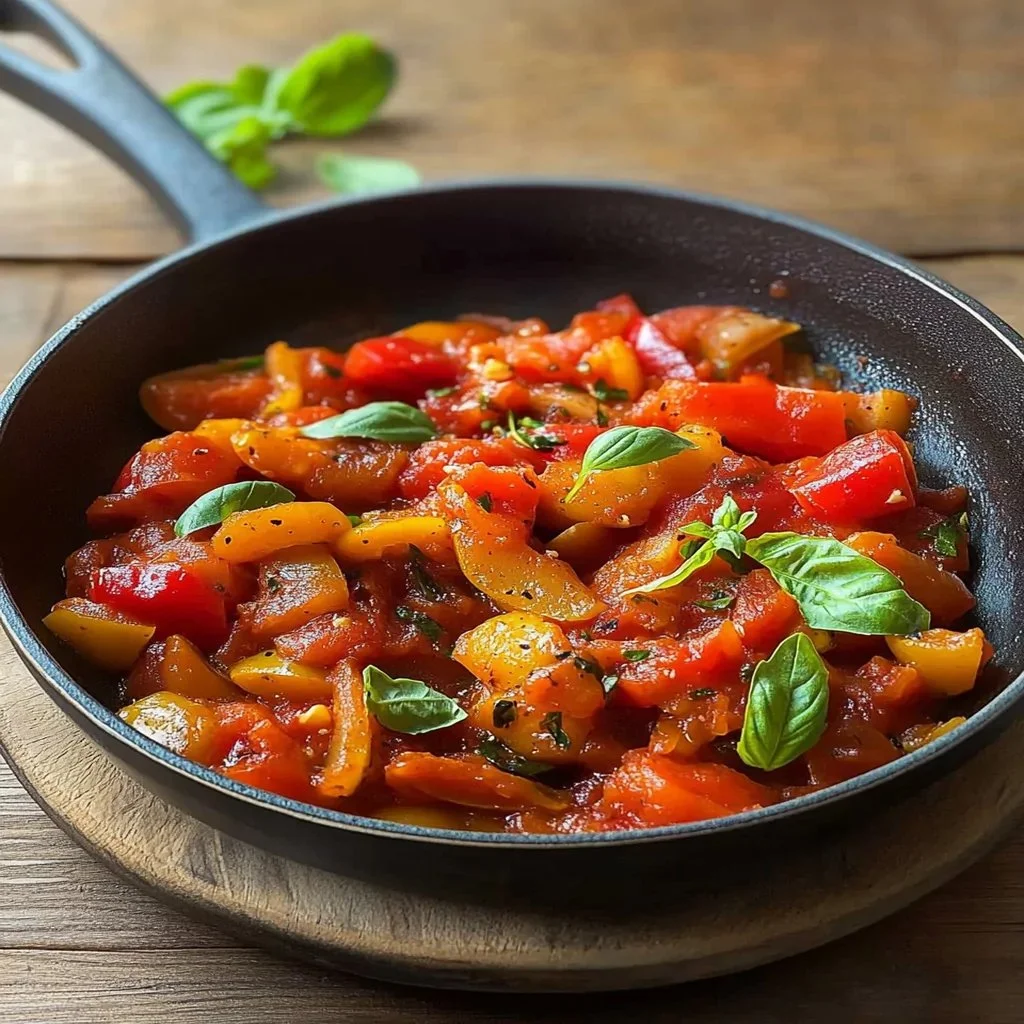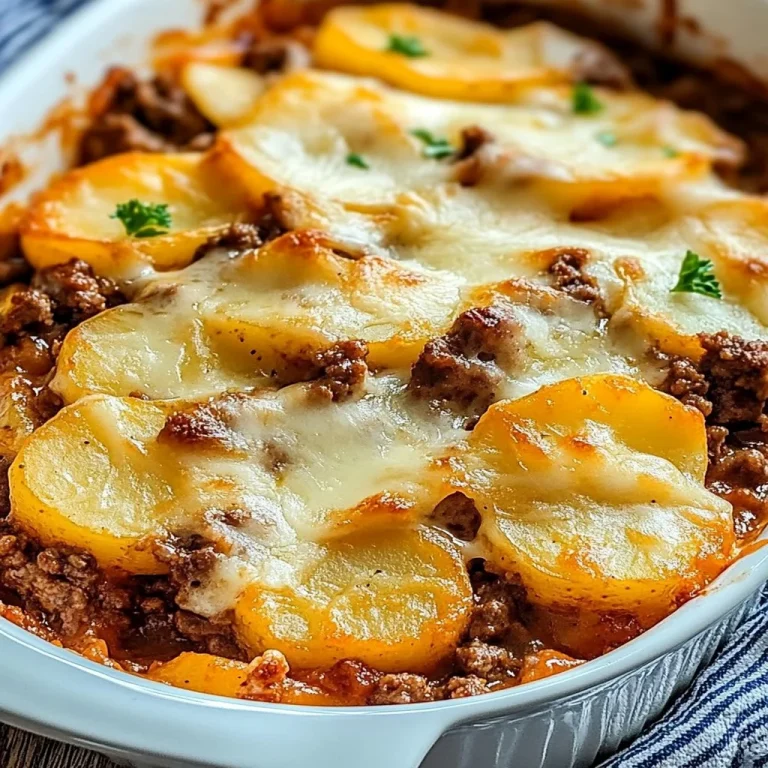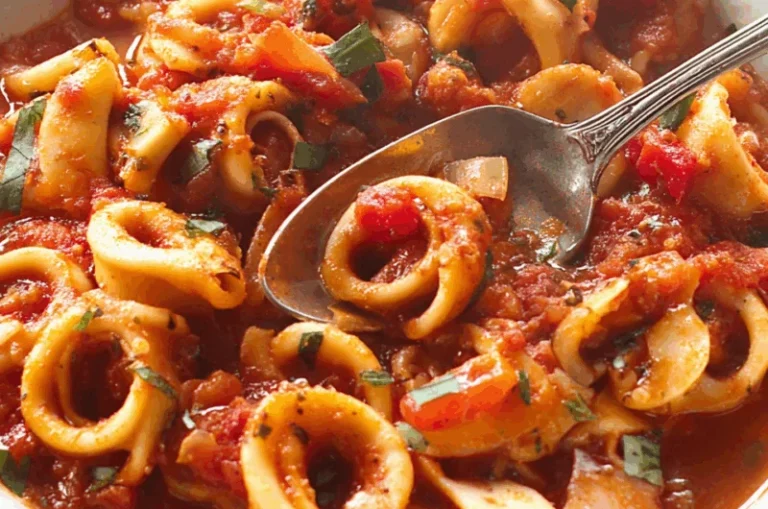Exploring the Rich Flavors of Peperonata
Peperonata is a vibrant and aromatic dish that hails from the Mediterranean region, particularly popular in Italian cuisine. This delightful vegetable stew showcases the sweet and savory flavors of bell peppers, tomatoes, and onions, simmered together to create a fragrant concoction that celebrates the essence of summer produce. In this article, we will explore the origins of peperonata, its traditional preparation methods, variations, and how to incorporate it into your culinary repertoire.
Origins and Historical Context
The roots of peperonata can be traced back to the Italian countryside, where it was originally conceived as a way to preserve the bounty of seasonal vegetables. The dish reflects the rustic cooking style of Italy, emphasizing fresh, local ingredients. Though variations exist across different regions, the most common preparation features bell peppers in vibrant colors—red, yellow, and green—combined with ripe tomatoes and aromatic herbs.
Ingredients
The beauty of peperonata lies in its simplicity. Typically, the primary ingredients include:
- Bell Peppers: Red, yellow, and green peppers bring sweetness and color to the dish.
- Onions: Sweet onions add depth of flavor.
- Tomatoes: Fresh or canned tomatoes contribute acidity and juiciness.
- Garlic: A few cloves provide aromatic undertones.
- Olive Oil: High-quality extra virgin olive oil enhances the dish’s richness.
- Herbs: Fresh basil, oregano, or thyme add a fragrant touch.
- Salt and Pepper: Essential for seasoning.
Preparation Method
Making peperonata is a straightforward process that involves a few key steps:
Sauté the Onions: Begin by heating olive oil in a large skillet over medium heat. Add sliced onions and sauté until they become translucent and soft.
Add Bell Peppers: Incorporate the sliced bell peppers and continue to cook, stirring occasionally, until they are tender.
Incorporate Tomatoes and Garlic: Add chopped tomatoes and minced garlic to the mixture, allowing it to simmer. This is where the flavors meld beautifully.
Season: Sprinkle in your choice of herbs, and season with salt and pepper to taste.
Simmer: Allow the mixture to simmer gently for about 20-30 minutes, until it thickens to your desired consistency.
Serve: Peperonata can be served warm or at room temperature, making it an adaptable side dish or main course.
Versatile Variations
While the classic peperonata recipe is delicious on its own, there are countless variations that can elevate this dish:
- Add Protein: Incorporate proteins like chicken, sausage, or chickpeas for a heartier meal.
- Experiment with Spices: A pinch of red pepper flakes can introduce a nice kick, while smoked paprika adds depth.
- Use Different Vegetables: Feel free to include zucchini, eggplant, or even artichokes for added texture and flavor.
- Serve with Bread or Pasta: Pairing peperonata with crusty bread, polenta, or pasta makes it a satisfying main dish.
Culinary Uses
Peperonata is not limited to being simply a side dish; it is incredibly versatile:
- Topping: Use it as a topping for bruschetta or crostini for a flavorful appetizer.
- Sauce: Serve it as a sauce over grilled meats or fish.
- Pasta Dish: Toss it with pasta for a quick and nutritious dinner.
- Cold Salad: Allow it to cool and serve it as a cold salad, drizzled with balsamic vinegar.
Conclusion
Peperonata is a testament to the idea that simplicity can deliver complex flavors. Its bright colors and harmonious taste embody the spirit of Mediterranean cooking, making it a beloved dish for many. Whether enjoyed as a side or a main course, peperonata is a delightful way to celebrate fresh produce and bring a taste of Italy into your home. So gather your ingredients, and embark on a culinary journey to create your own irresistible peperonata!





